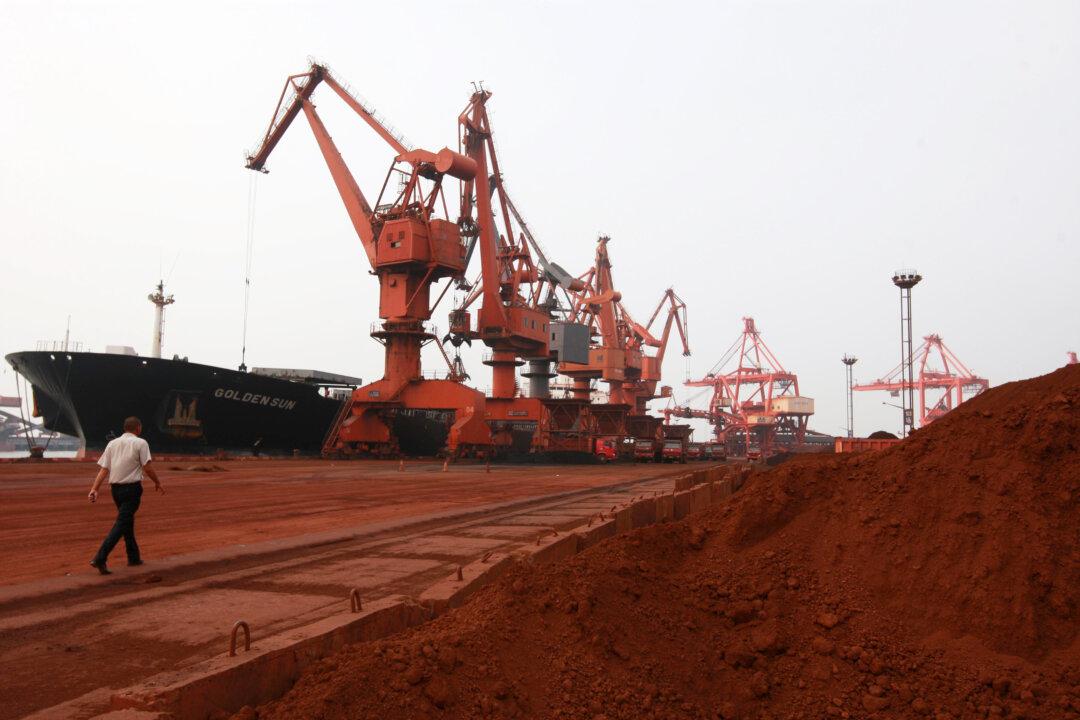Commentary
Last month, the Energy Information Administration announced that the United States exported more crude oil and petroleum products than it imported during the week ending on Nov. 30, 2018. This was the first time that has happened since 1991, continuing a 10-year trend of growing U.S. energy independence.





